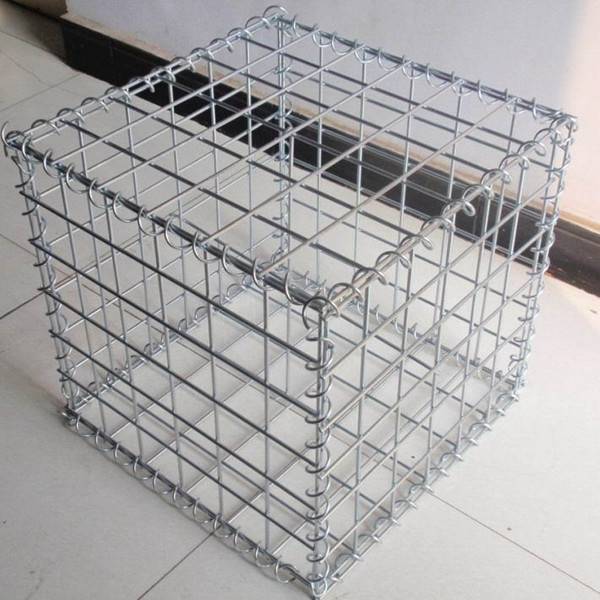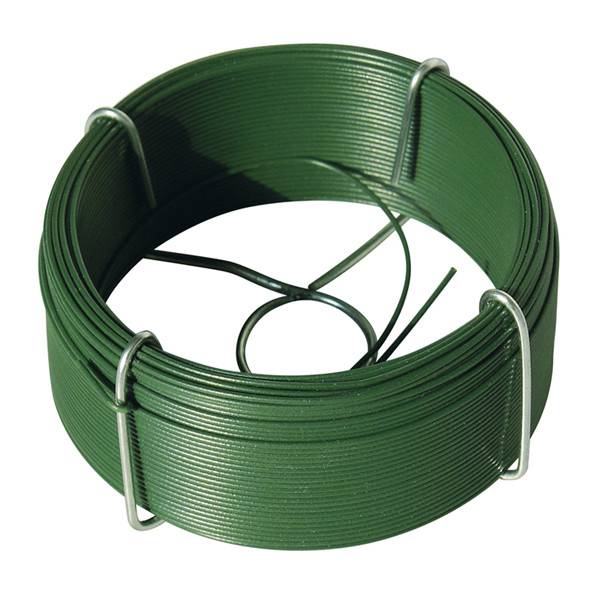
Sep . 01, 2024 11:24 Back to list
Ground Anchors for Timber Posts - Secure Your Structures Effectively
Ground Anchors for Timber Posts An Essential Support Solution
Timber posts are widely utilized in various construction projects, including fencing, decking, and supporting structures. Their aesthetic appeal and natural insulation properties make them a popular choice; however, their stability can be compromised by environmental factors, such as soil movement, moisture, and weather conditions. To ensure the longevity and reliability of timber posts, the use of ground anchors has become increasingly important. These devices provide essential support, enhancing the structural integrity and performance of timber installations.
Ground Anchors for Timber Posts An Essential Support Solution
There are several types of ground anchors available on the market, each tailored for specific applications and soil conditions. For instance, helical anchors, which feature a screw-like design, are particularly effective in loose or sandy soils. Their unique shape allows them to penetrate the ground easily and provides excellent resistance against lateral forces. Another popular option is the driven pile anchor, which involves driving a solid post deep into the ground. This method is especially beneficial in areas with dense, compact soil, offering robust support for heavier structures.
ground anchors for timber posts

Before selecting the appropriate ground anchor, it is vital to consider various factors, including soil type, moisture levels, and the specific requirements of the timber post structures. Conducting a site assessment will provide valuable insights into the ground conditions and help determine the most suitable anchoring solution. Additionally, it is essential to adhere to local building codes and regulations, ensuring that the installation meets safety standards and structural requirements.
The installation of ground anchors is a straightforward process, but it requires precision to ensure the desired effectiveness. First, the location of each timber post should be clearly marked, taking into account any potential obstacles and the necessary spacing for stability. Next, the appropriate ground anchor is selected based on the site assessment. Depending on the type of anchor, specific tools and machinery may be necessary for installation.
Once the anchors are securely in place, the timber posts can be mounted. It is crucial to double-check that each post is vertical and correctly aligned. After erecting the posts, the next step is to attach them to the anchors, which typically involves using brackets or straps. This connection is crucial, as it transmits the load from the post to the anchor, providing enhanced stability.
In conclusion, ground anchors play an indispensable role in the support of timber posts, ensuring their durability and reliability in various construction projects. By selecting the appropriate type of anchor and following proper installation procedures, builders can significantly extend the lifespan of timber structures. As environmental factors continue to pose challenges, the importance of sturdy anchoring solutions will only grow, reinforcing the need for innovative approaches in construction. This proactive strategy not only enhances safety but also maximizes the aesthetic and functional value of timber installations in our built environment.
-
build-a-discreet-chicken-run-with-sturdy-green-coated-chicken-wire
NewsAug.23,2025
-
a-guide-to-selecting-the-most-durable-field-gates-for-your-property
NewsAug.23,2025
-
green-mesh-fencing-rolls-offer-versatile-solutions-for-diverse-needs
NewsAug.23,2025
-
chain-fence-for-durable-and-versatile-enclosure-solutions
NewsAug.23,2025
-
garden-edging-fence-for-functional-and-decorative-landscaping
NewsAug.23,2025
-
3d-wire-mesh-fence-for-versatile-security-and-decoration
NewsAug.23,2025
Products categories











